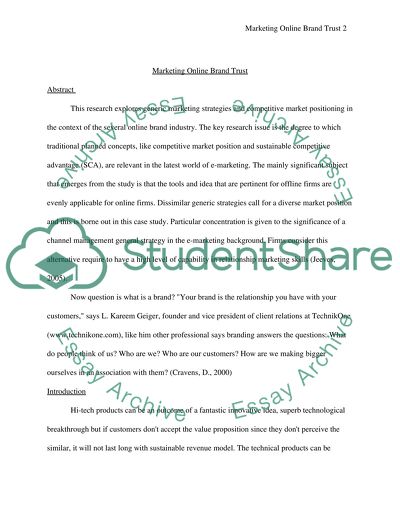Cite this document
(Generic Marketing Strategies and Competitive Market Positioning Literature review, n.d.)
Generic Marketing Strategies and Competitive Market Positioning Literature review. Retrieved from https://studentshare.org/marketing/1530998-marketing-online
Generic Marketing Strategies and Competitive Market Positioning Literature review. Retrieved from https://studentshare.org/marketing/1530998-marketing-online
(Generic Marketing Strategies and Competitive Market Positioning Literature Review)
Generic Marketing Strategies and Competitive Market Positioning Literature Review. https://studentshare.org/marketing/1530998-marketing-online.
Generic Marketing Strategies and Competitive Market Positioning Literature Review. https://studentshare.org/marketing/1530998-marketing-online.
“Generic Marketing Strategies and Competitive Market Positioning Literature Review”, n.d. https://studentshare.org/marketing/1530998-marketing-online.


